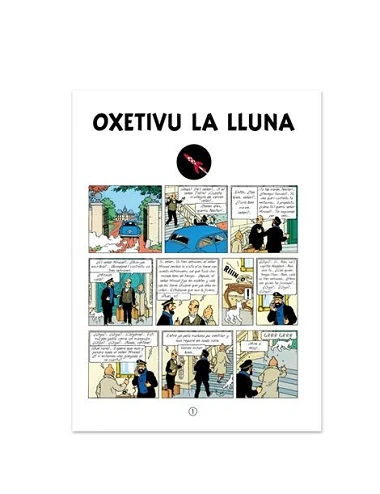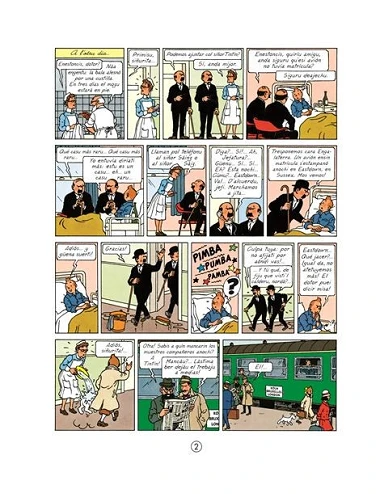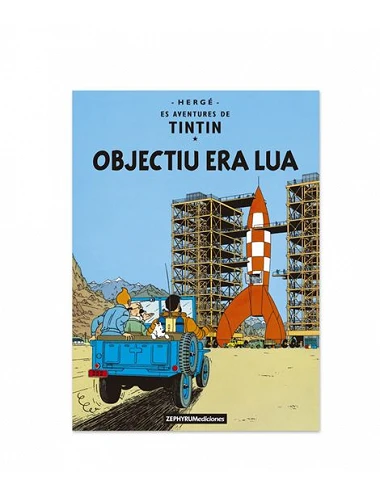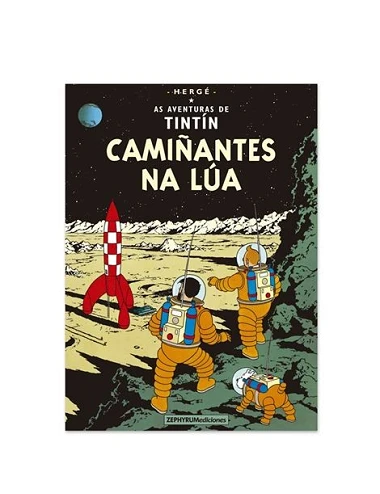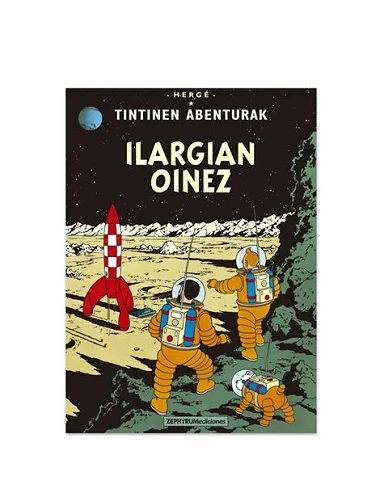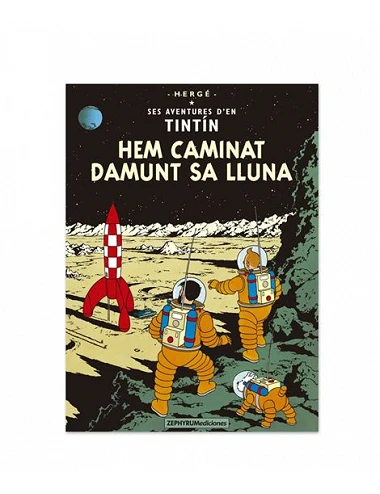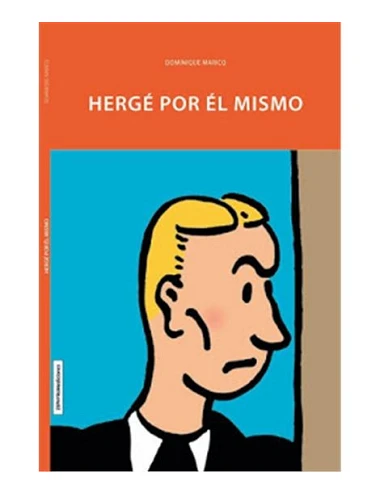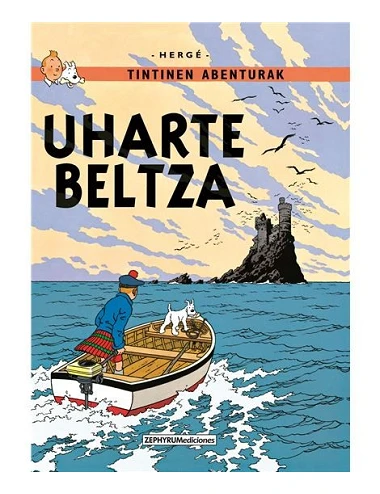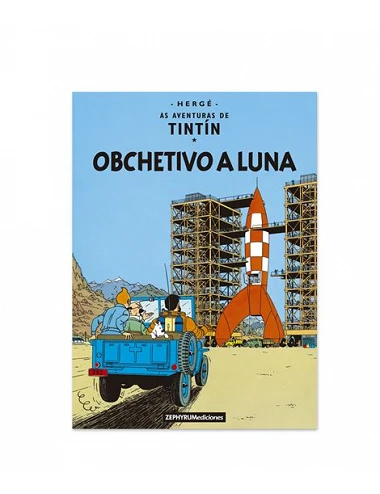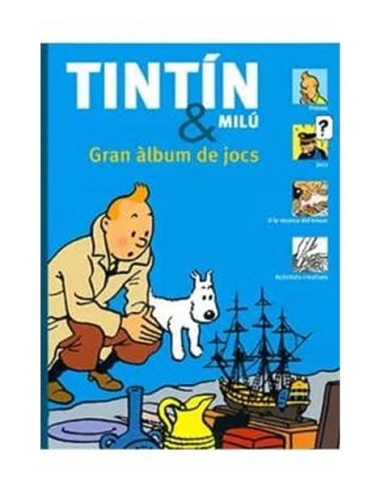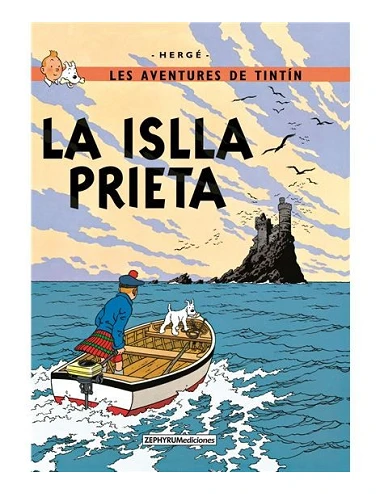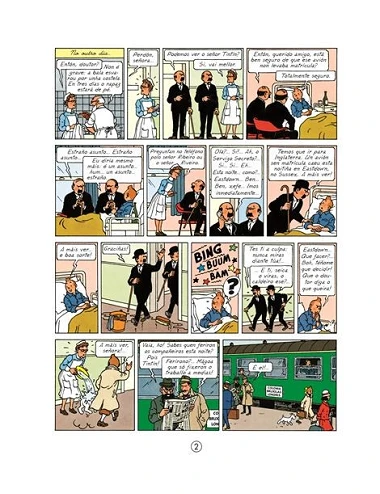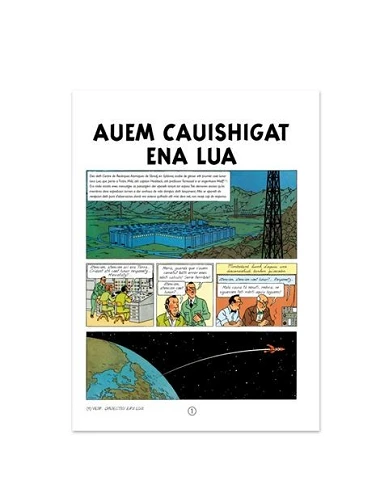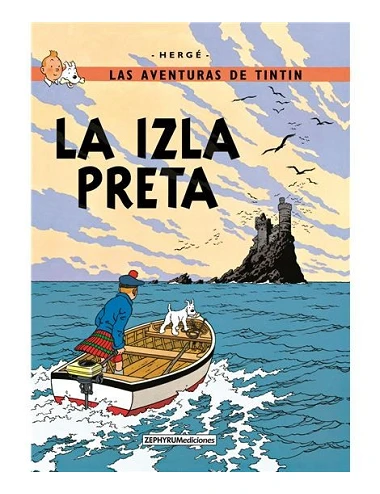
Zephyrum 16 - Tintín Oxetivu La Lluna - Asturiano
Zephyrum 16 - Tintín Oxetivu La Lluna - Asturiano
New translation of Destination Moon in Asturian with the title Oxetivu: La Lluna. New album of The Adventures of Tintin published in this language. Asturian, also known as Bable, is a Romance language spoken mainly in the Principality of Asturias and in some regions of León and Zamora. Destination Moon began to be published in the weekly magazine Tintin on March 30, 1950, nineteen years before the arrival of man on the moon. The first part of Tintin's journey with the rocket, an adventure devised by Hergé.



